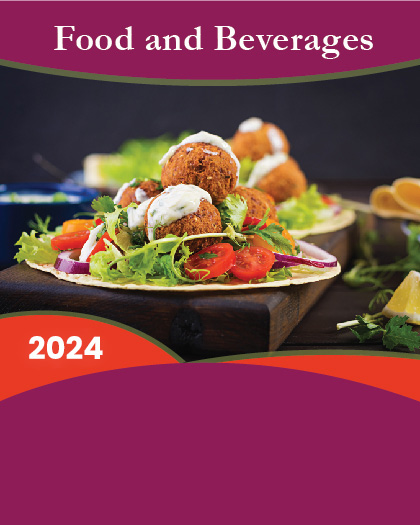
The Food Stabilizers market has witnessed growth from USD XX million to USD XX million from 2015 to 2020. With the CAGR of X.X%, this market is estimated to reach USD XX million in 2027.
The report mainly studies the size, recent trends and development status of the Food Stabilizers market, as well as investment opportunities, government policy, market dynamics (drivers, restraints, opportunities), supply chain and competitive landscape. Technological innovation and advancement will further optimize the performance of the product, making it more widely used in downstream applications. Moreover, Porter's Five Forces Analysis (potential entrants, suppliers, substitutes, buyers, industry competitors) provides crucial information for knowing the Food Stabilizers market.
Major players in the global Food Stabilizers market include:
Tate & Lyle plc.
Palsgaard A/S
Nexira
Chemelco International BV
Advanced Food Systems Inc.
Archer Daniels Midland Company
Kerry Group plc.
Ash land
Ingredion Incorporated
DuPont
Cargill, Inc.
On the basis of types, the Food Stabilizers market is primarily split into:
Pectin
Gelatin
Carrageenan
Xanthan Gum
Guar Gum
Others
On the basis of applications, the market covers:
Bakery
Confectionery
Dairy Product
Sauce & Dressing
Beverage & Convenience Food
Meat & Poultry Product
Others
Geographically, the report includes the research on production, consumption, revenue, market share and growth rate, and forecast (2015-2027) of the following regions:
United States
Europe (Germany, UK, France, Italy, Spain, Russia, Poland)
China
Japan
India
Southeast Asia (Malaysia, Singapore, Philippines, Indonesia, Thailand, Vietnam)
Central and South America (Brazil, Mexico, Colombia)
Middle East and Africa (Saudi Arabia, United Arab Emirates, Turkey, Egypt, South Africa, Nigeria)
Other Regions
Chapter 1 provides an overview of Food Stabilizers market, containing global revenue, global production, sales, and CAGR. The forecast and analysis of Food Stabilizers market by type, application, and region are also presented in this chapter.
Chapter 2 is about the market landscape and major players. It provides competitive situation and market concentration status along with the basic information of these players.
Chapter 3 provides a full-scale analysis of major players in Food Stabilizers industry. The basic information, as well as the profiles, applications and specifications of products market performance along with Business Overview are offered.
Chapter 4 gives a worldwide view of Food Stabilizers market. It includes production, market share revenue, price, and the growth rate by type.
Chapter 5 focuses on the application of Food Stabilizers, by analyzing the consumption and its growth rate of each application.
Chapter 6 is about production, consumption, export, and import of Food Stabilizers in each region.
Chapter 7 pays attention to the production, revenue, price and gross margin of Food Stabilizers in markets of different regions. The analysis on production, revenue, price and gross margin of the global market is covered in this part.
Chapter 8 concentrates on manufacturing analysis, including key raw material analysis, cost structure analysis and process analysis, making up a comprehensive analysis of manufacturing cost.
Chapter 9 introduces the industrial chain of Food Stabilizers. Industrial chain analysis, raw material sources and downstream buyers are analyzed in this chapter.
Chapter 10 provides clear insights into market dynamics.
Chapter 11 prospects the whole Food Stabilizers market, including the global production and revenue forecast, regional forecast. It also foresees the Food Stabilizers market by type and application.
Chapter 12 concludes the research findings and refines all the highlights of the study.
Chapter 13 introduces the research methodology and sources of research data for your understanding.
Years considered for this report:
Historical Years: 2015-2019
Base Year: 2019
Estimated Year: 2020
Forecast Period: 2020-2027
























